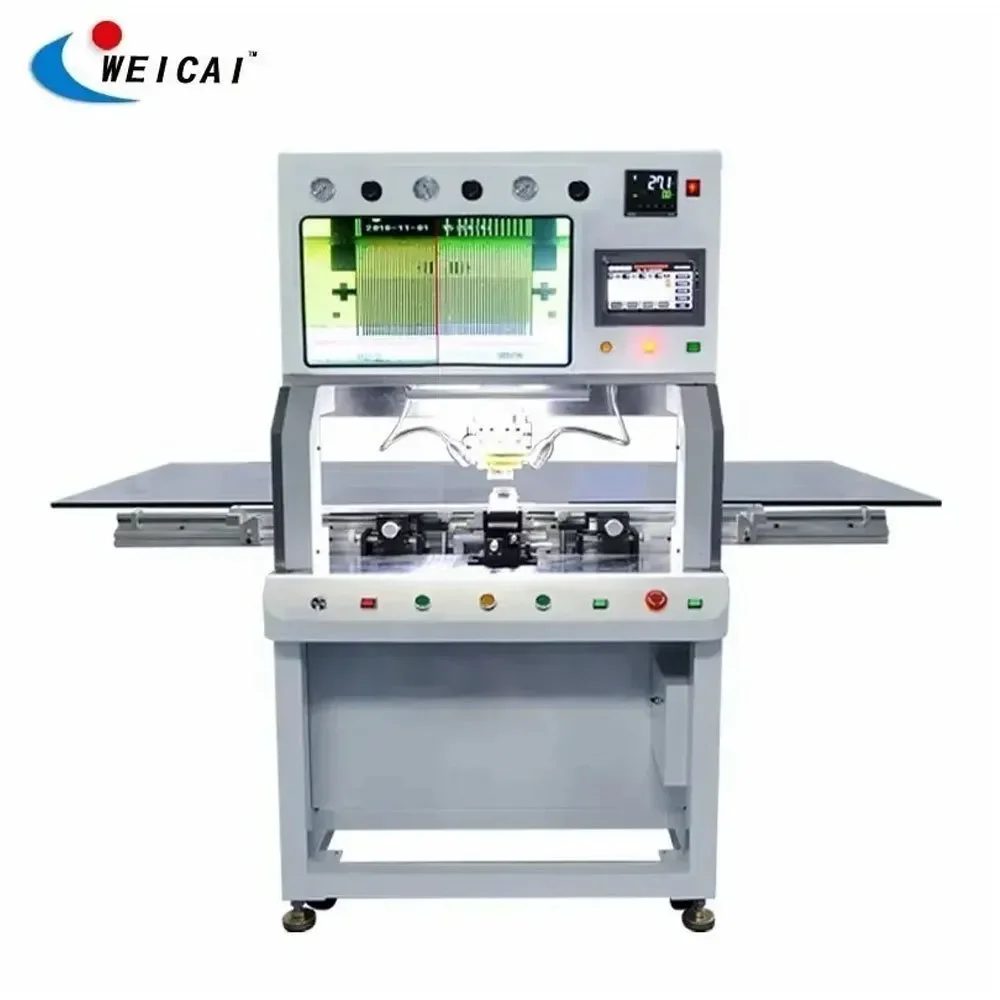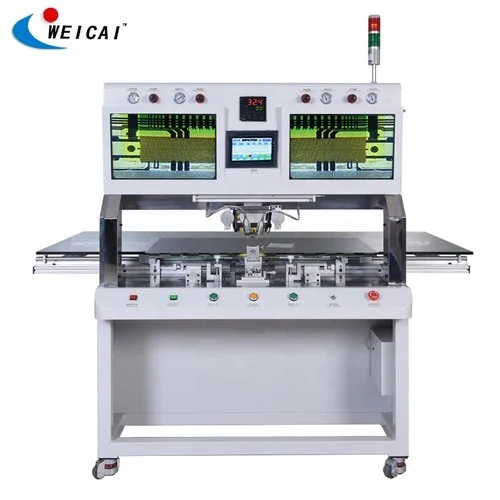Addressing Common Challenges in LCD Bonding: Solutions and Best Practices

Addressing Common Challenges in LCD Bonding Machine: Solutions and Best Practices
In the world of display technology, the process of LCD bonding Machines is indispensable for achieving optimal performance and longevity in electronic devices. WeiCai LCD bonding is used in a wide range of devices, including smartphones, tablets, TVs, and automotive displays, to create smooth, high-quality visuals. However, like all manufacturing processes, LCD bonding comes with its own unique set of obstacles. This blog will examine some of the most common challenges encountered during LCD bonding and offer effective solutions and industry-best practices to overcome them.
You can order WeiCai LCD Repair Bonding Machine From AN Technoarts
Dust and Particle Contamination:
LCD bonding can be susceptible to defects due to the presence of airborne particles and dust, which can cause imperfections like trapped bubbles or inconsistent bonding. To minimize this risk, it’s essential to maintain a cleanroom environment with reliable filtration systems. Moreover, thoroughly cleaning both the display components and bonding equipment can greatly reduce the likelihood of contamination.
Uneven Bonding Pressure:
Maintaining a consistent bonding pressure is crucial for ensuring the display’s quality remains uniform. Fluctuations in pressure can lead to issues such as delamination or adhesive bleed-out. Using high-precision bonding machinery equipped with advanced pressure control features can help ensure an even distribution of pressure, reducing the chances of bonding irregularities.
Temperature and Humidity Variations: Changes in temperature and humidity can affect the bonding process, causing issues with adhesive curing or material expansion/contraction. To ensure optimal bonding conditions, it’s crucial to monitor and control the environment within the facility. This can be achieved through the use of climate-controlled chambers or temperature/humidity sensors, which help maintain stable conditions for bonding operations.
Adhesive Selection and Compatibility: Selecting the appropriate adhesive is essential for creating reliable and robust connections in LCD assemblies. It can be difficult to find an adhesive that works well with both the display components and the bonding procedure. Performing comprehensive compatibility assessments and seeking guidance from adhesive suppliers can aid in determining the best adhesive for individual bonding needs.
Alignment and Registration Accuracy:
To guarantee proper functioning and optimal visual quality, it’s crucial to ensure precise alignment and registration of display components. Any misalignment or registration errors can lead to display artifacts or non-functional areas, which can be frustrating and unacceptable. To avoid these issues, investing in advanced alignment systems that incorporate automated algorithms can significantly enhance accuracy and efficiency during the bonding process.
Quality Control and Inspection:
To ensure the highest level of quality, it’s essential to have a reliable system in place for detecting and addressing bonding defects early on. By incorporating cutting-edge imaging technologies into automated inspection systems, we can identify and address any issues in real-time, thereby preventing them from compromising the reliability or performance of our products.



Adult dating sites help people to connect like-minded partners.
They are designed for those who value mutual understanding.
These services offer a safe space for meeting others online.
Many adults choose online dating to broaden their circle.
https://pranki.biz/
The purpose of such platforms is to bring together adults who want compatible relationships.
Respectful communication on these platforms helps build trust.
Online communication formats make dating easier than ever before.
Ultimately, modern dating services open new opportunities regardless of location.